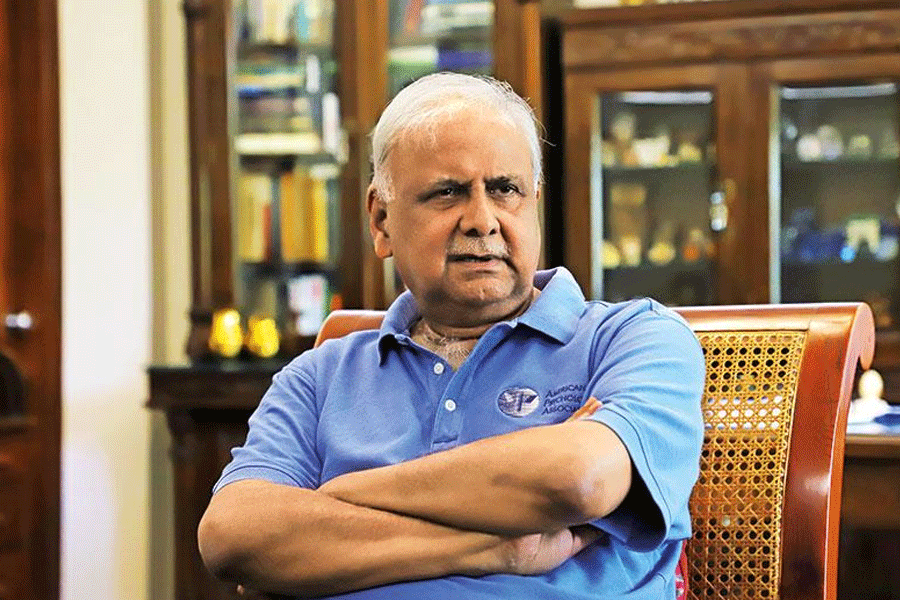In the film Million-Dollar Baby, Eddie Scrap-Iron Dupris says of bloodsport: “If there’s magic in boxing, it’s the magic of fighting battles beyond endurance, beyond cracked ribs, ruptured kidneys and detached retinas. It’s the magic of risking everything for a dream that nobody sees but you.”
If Laila Ali, Erin Toughill and the growing band of women around the world who’re donning the gloves have their way, the magic of boxing won’t remain a male preserve much longer. Laila Ali, who’s inherited the outspokenness of her legendary father, Muhammad Ali, was blunt: “A lot of people don’t like women fighting, and I can understand that. But it isn’t going to stop the show.”
In 1998, Shelley Williams became the first woman to be inducted into the World Boxing Hall of Fame. The World Boxing Council introduced rankings for women boxers for the first time ever this week, and the World Boxing Association will soon follow suit. The rankings are crucial for women boxers; it’s an indication that their hard work and training is finally being taken seriously. Women’s boxing is expected to be accepted as an Olympic sport, probably by 2008.
The sport has been spreading in strange ways. A recent Reuters report spotlighted Muslim women in Kidderpore, who exchange their hijab for boxing gloves every afternoon for two hours, facing down ridicule from passers-by and opposition from their families. In Ghana, the managing director of a local boxing club sent out an appeal recently asking charities and sports associations to consider contributing more to women’s boxing. He says it’s hugely popular among pre-teen and teenage girls, but that the sport suffers from a lack of funding.
No one is very clear why women’s boxing is moving into the mainstream, but it’s happened over the last two decades. Some US commentators worry that there are now too many women in a sport where health guidelines and training methods haven’t yet been adjusted to take into account gender differences.
Boxing is notoriously dangerous, as male boxers know: from serious damage to the nervous system to repetitive stress injury to the skull, the brain and the neck, from the classic punchdrunk fighter’s tremors to the many cases of fatal injuries, this is not a kind sport. Because of differences in body structure, women may be at far more risk of crippling and potentially life-threatening injuries.
Two objections are commonly voiced about boxing. Many people are uncomfortable with giving sanction to physically dangerous combat outside a war zone, regardless of whether the people in the ring trying to punch each other out are men or women. Others have a discomfort with the idea of women slugging it out, not just risking pain, aggression and damage, but embracing it.
Women boxers would argue that they love the discipline instilled by the rigorous hours of training, the power and adrenaline of being in the ring, the sense of control and risk that comes from the fight, the pleasure of being a winner. If life is a contact sport, then pain is an equal-opportunity employer.










